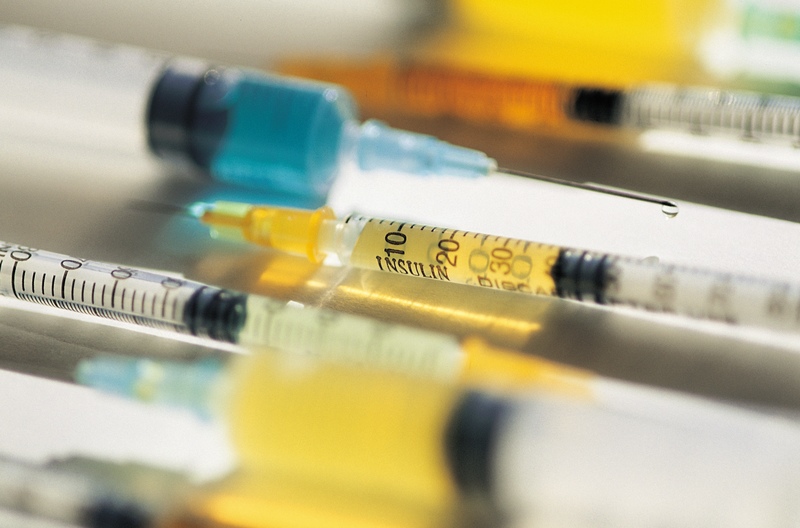Here are some of the latest health and medical news developments, compiled by the editors of HealthDay:
Rat-Linked Disease Leaves 1 Dead, 2 Sick in NYC
One person recently died and two others were sickened by a rare disease spread by rats in the Bronx, New York City health officials say.
Leptospirosis is a bacterial infection most commonly spread by contact with rat urine. The bacteria enters the body through open wounds or cuts or through the eyes, nose or mouth, CBS News reported.
All three patients lived within a one block radius in the Concourse area. On Tuesday night, city health department staff were in the lobby of 750 Grand Concourse handing out notices to tenants warning them about the recent cases.
Health officials said they are trying to reduce the rat problem in the building and advised residents to take a number of precautions, CBS News reported.
These include: avoiding contact with rats or with places where they may have urinated; washing hands thoroughly with soap and water after any contact with areas where rats may live; cleaning areas where rats have been with a solution of one part household bleach and 10 parts water; and wearing rubber gloves, boots, masks and some type of eyewear.
—–
Large Decrease in HIV Infections in U.S.
New HIV infections in the United States fell nearly 18 percent in the overall population between 2008 and 2014, declining from 45,700 to 37,600, according to a federal government report.
There was a 36 percent decrease in heterosexuals and a 56 percent decline in people who inject drugs, the Associated Press reported.
Gay and bisexual men account for two-thirds of Americans diagnosed with HIV each year, and there were significant declines in new infections among very young and middle-aged men in that group, the Centers for Disease Control and Prevention report said.
However, there was a 35 percent increase among gay and bisexual men ages 25-34.
The CDC also said that no state had an increase in new HIV infections during the study period and seven had large decreases — Georgia, Illinois, Maryland, Pennsylvania, New York, North Carolina and Texas, the AP reported.
The findings suggest that efforts to diagnose and treat HIV infections are having an impact, according to Ron Brookmeyer, a statistician at the University of California, Los Angeles.
—–
Many U.S Drivers Break Rules of the Road
Many American drivers in all age groups are breaking the rules of the road, according to an AAA Foundation for Traffic Safety study.
Researchers surveyed more than 2,500 licensed drivers 16 and older and found that well over half said they had texted behind the wheel, run a red light or gone over the speed limit in the previous 30 days, the Associated Press reported.
Younger drivers were the most likely to break the rules, with 88 percent of drivers ages 19-24 saying they had committed at least one of those offenses.
However, the researchers also found that older drivers confessed to more infractions than expected. For example, 10 percent of drivers ages 60-74 said they’d texted or sent email while behind the wheel, and 37 percent of drivers older than 75 said they’d gone through a light that just turned red, the AP reported.
The findings may help explain why U.S. traffic deaths rose 7 percent to 35,092 in 2015, the largest single-year increase in decades. The number is expected to rise again in 2016.
The study “points to the need to improve driver behavior if we’re going to reverse this alarming trend,” Lindsay Arnold, a research associate with the AAA Foundation, told the AP.
Among the other findings:
- Drivers ages 16-18 were less likely to say they sped, ran red lights or texted while driving than drivers in their 20s through 50s.
- Just over half of drivers said they felt seriously threatened by drivers talking on cell phones, but 68 percent said they made a call while driving in the last 30 days.
- Twenty-three percent of drivers, including 36 percent of those ages 19-24 — said it’s okay to drive 15 mph over the speed limit on a freeway, and 46 percent of drivers said they have driven that fast on a freeway in the last 30 days.
Copyright © 2025 HealthDay. All rights reserved.

